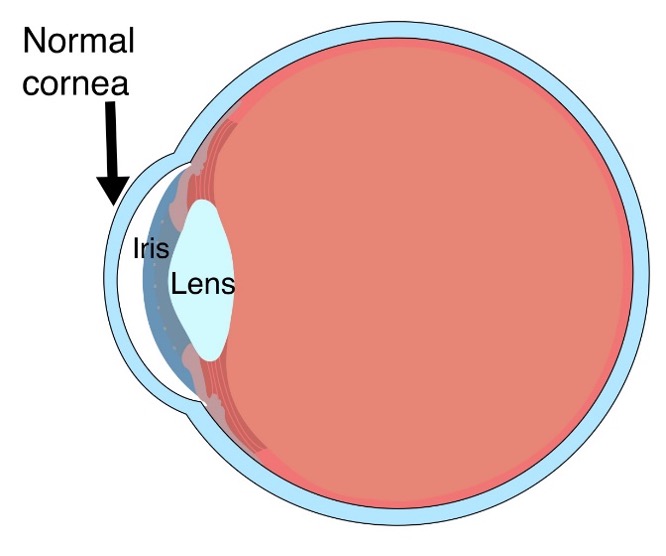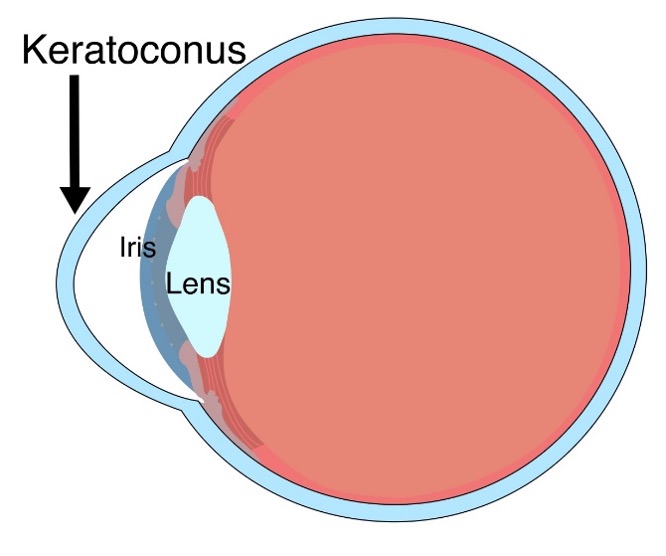PTERYGIUM
This is a small growth on the cornea (the clear cover of the eye) due to damaged stem cells by UV light and dryness. Dr. Chiu removes the pterygium and transplant stem cells to prevent it from regrow. The stem cells are harvested from your own eye which decreases risk of rejection. To prevent recurrence of pterygium after surgery, we need to protect the eye from UV exposure by wearing sunglasses when exposed to sun including driving.
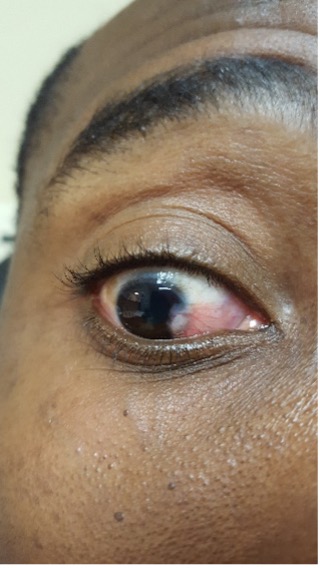
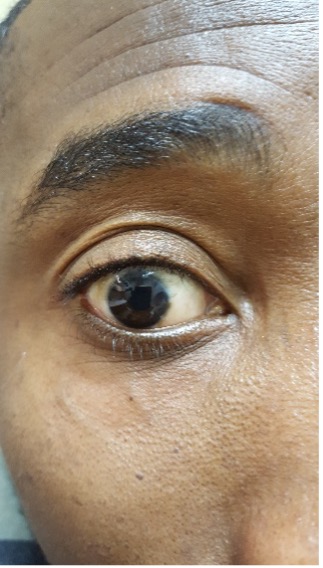
CORNEA TRANSPLANT
The cornea is the clear cover of the eye. It can be damaged in numerous ways such as hereditary diseases, infections, degeneration and trauma. If the other parts of the eye are healthy, removing the cornea can help restore visual function. There are many types of cornea transplant, broadly divided into full thickness or partial thickness transplant. Dr. Chiu will examine your eye and discuss with you the best options to treat the diseased cornea.
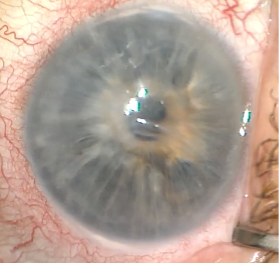
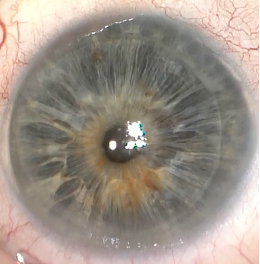
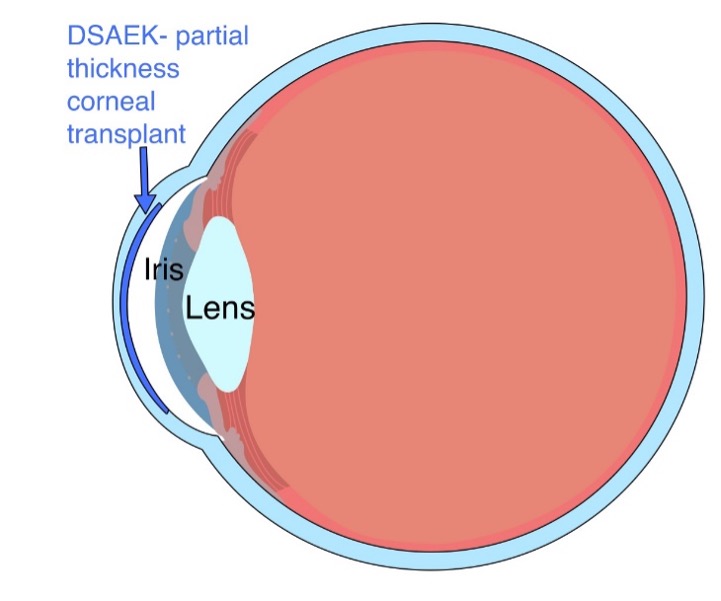
DMEK is also partial thickness cornea transplant with thinner graft than DSAEK

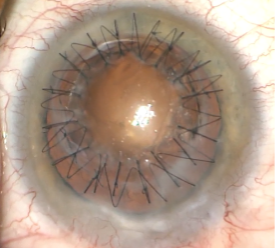
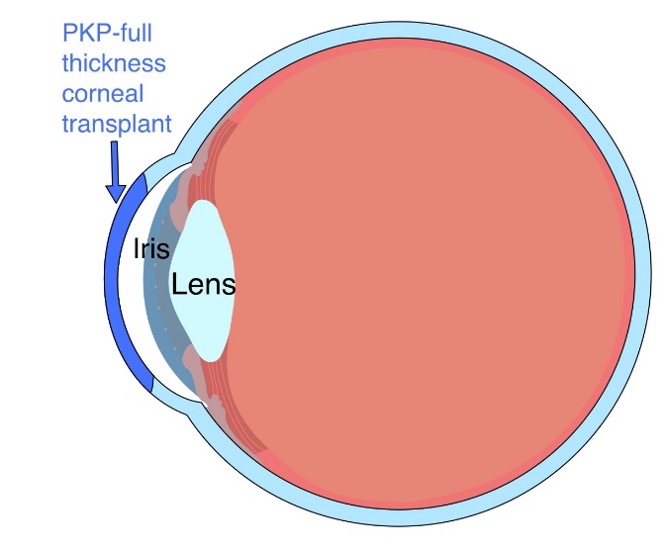
The cornea sutures are removed in months to years after the wound is secure
CROSS LINKING
The cornea (clear front part of the eye) can sometimes bulge, so called ectatic cornea. This causes distorted and blurry vision. It can be hereditary or weakened by excessive rubbing or Lasik. Examples of hereditary conditions are keratoconus, pellucid marginal degeneration and keratoglobus. Cross linking is a procedure that helps to stiffen the cornea so that it does not continue to bulge. It involves scrapping off the superficial layer of the cornea, apply riboflavin (vitamin B2) eye drops and expose the cornea to UV-A light. A contact lens is used to cover the cornea until the surface has healed.
